
Question and Answers Forum
Question Number 26959 by Tinkutara last updated on 31/Dec/17
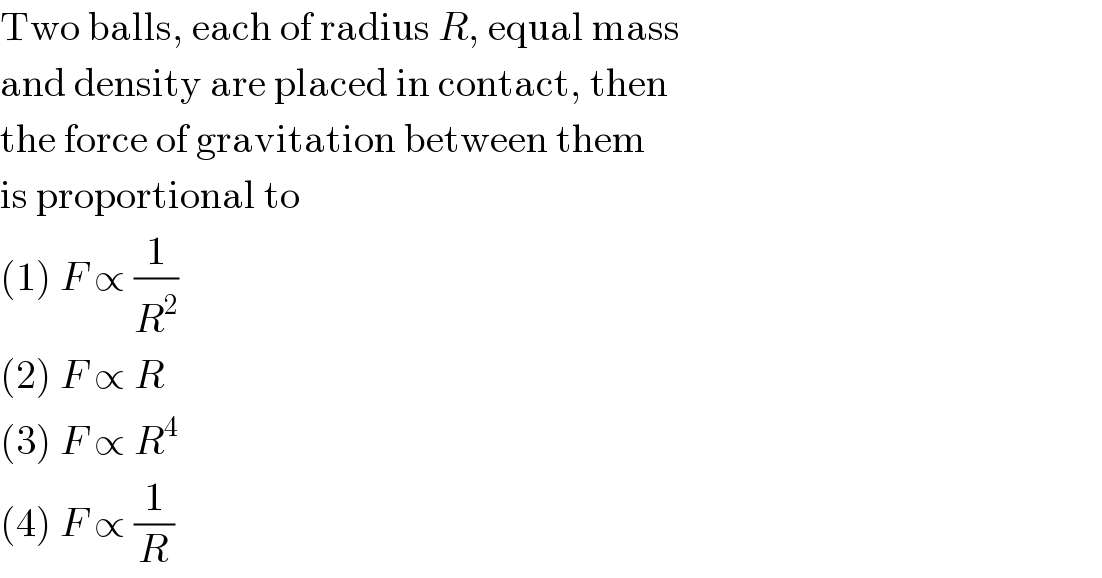
Answered by prakash jain last updated on 31/Dec/17

Commented by Tinkutara last updated on 31/Dec/17
Yes this answer is correct according to one book but I have another book which says:
Commented by Tinkutara last updated on 31/Dec/17

Commented by prakash jain last updated on 31/Dec/17
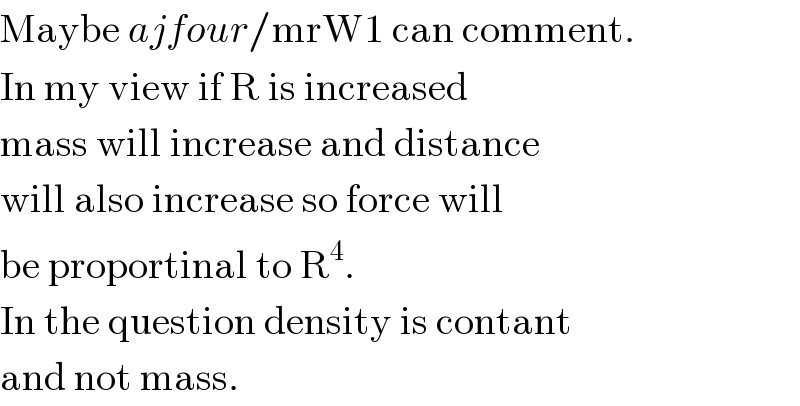
Commented by Tinkutara last updated on 31/Dec/17
But to me both answers seem correct. But what to do if this question really comes in exam?
Commented by Femmy last updated on 31/Dec/17

Commented by Tinkutara last updated on 31/Dec/17
But the book from which I posted this question says (3). What is the mistake if we go by other method?
Commented by prakash jain last updated on 31/Dec/17
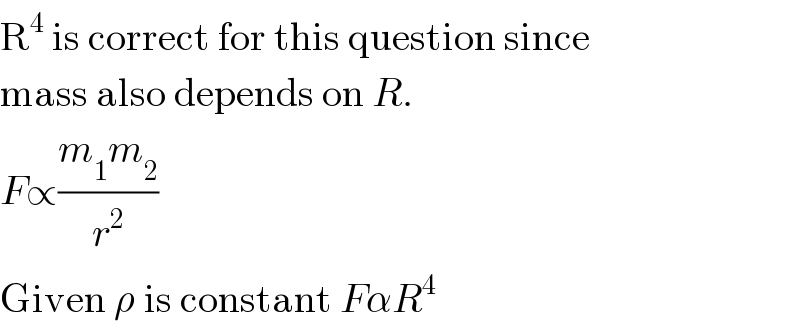
Commented by Tinkutara last updated on 31/Dec/17
So when the book from which I posted image is correct?
Commented by mrW1 last updated on 31/Dec/17

Commented by prakash jain last updated on 31/Dec/17
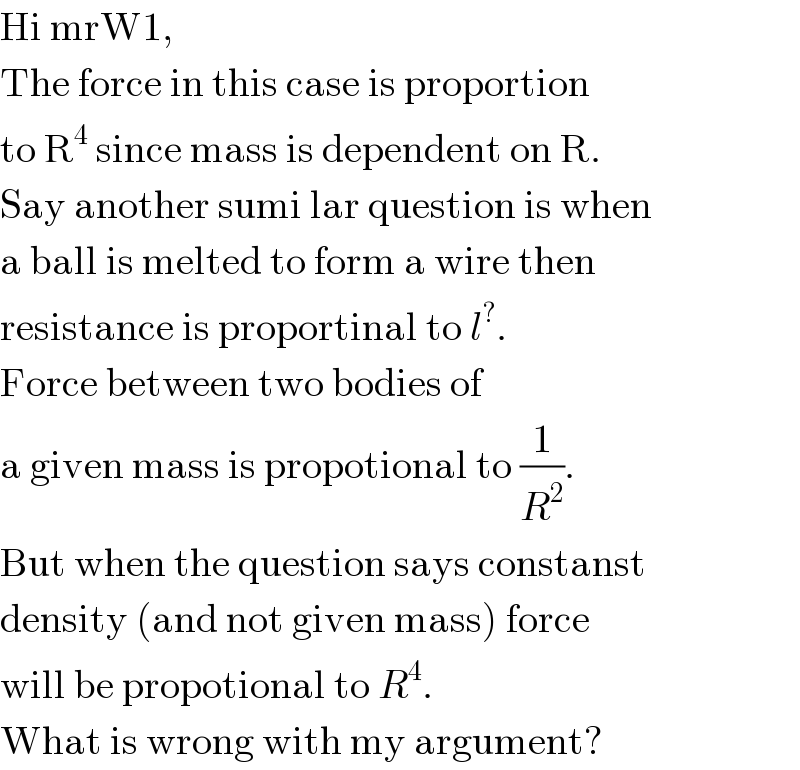
Commented by mrW1 last updated on 31/Dec/17
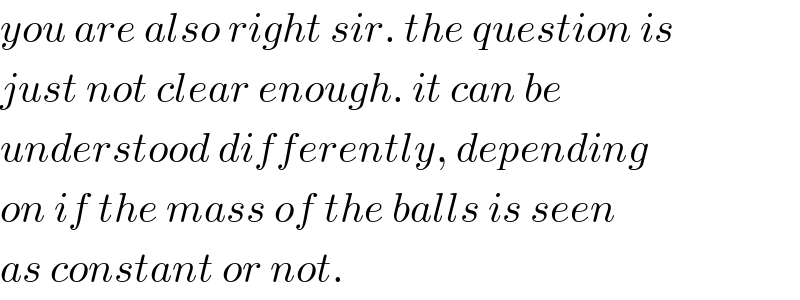
Answered by Femmy last updated on 31/Dec/17

Commented by Tinkutara last updated on 31/Dec/17
I want to know which option is really correct.
Answered by ajfour last updated on 31/Dec/17
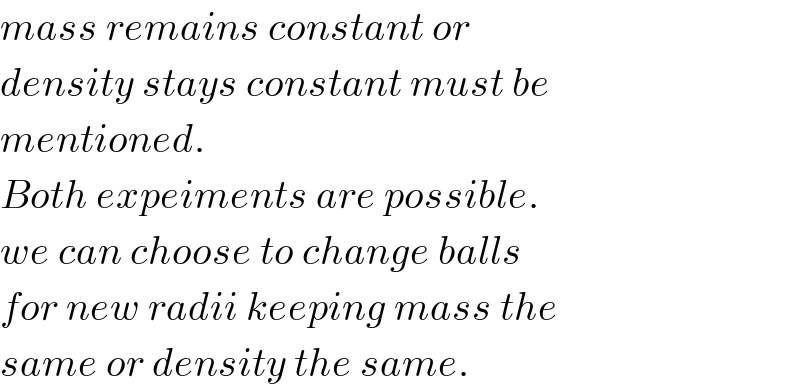
Commented by prakash jain last updated on 31/Dec/17

